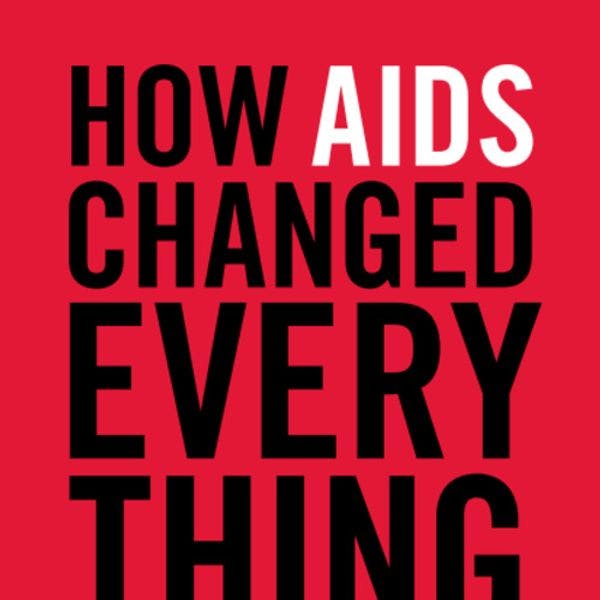MDG 6: 15 years, 15 lessons of hope from the AIDS response
Audacious and seemingly out of reach in 2000, the Millennium Development Goal (MDG) aspiration now seems small and meek when compared to the sustainable development goal of ending the AIDS epidemic by 2030. Back in 2000, AIDS was described as a “runaway express.” Catching up with the epidemic and slowing its growth would be a major achievement. Its inclusion in the MDG goals was in itself a notable feat, as many leaders did not want to include AIDS for fear of failure.
In 2000, limited by the data available at that time, UNAIDS estimated that there were 34.3 million people living with HIV. Very few people in low- and middle-income countries, with the exception of Brazil, were accessing life-saving antiretroviral treatment. In fact, the number of people receiving HIV treatment in sub-Saharan Africa barely reached 10 000, and this was largely due to a pilot programme testing the feasibility of providing treatment in resource-poor health settings—such was the disbelief in the world’s capacity to act.
Reading the Millennium Declaration today gives renewed appreciation for the far-sightedness of global leaders at that time. The fundamental values set forth in the Declaration—freedom, equality, solidarity, tolerance, respect for nature and shared responsibility—have largely been embraced by the unprecedented AIDS response that followed. The Declaration had many goals, but four were focused on AIDS:
- To have, by 2015, halted and begun to reverse the spread of HIV/AIDS.
- To provide special assistance to children orphaned by HIV/AIDS.
This UNAIDS report celebrates the achievement of AIDS target Millennium Development Goal 6 and looks at lessons learnt in the fight against aids since the goal was set.
Keep up-to-date with drug policy developments by subscribing to the IDPC Monthly Alert.
